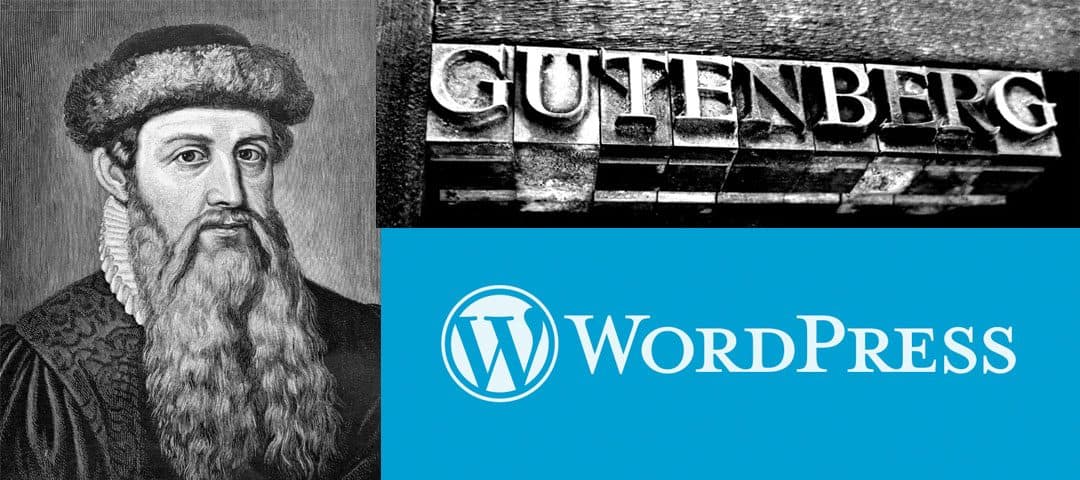

In this example, we’re creating a Title block. slash)Īfter pressing “Enter” to call a new paragraph block, type / then the first few letters of the name of the block you want to insert. For a more fluid experience without having to leave your keyboard, there’s a much quicker way to insert blocks by using the / on your keyboard (i.e. Using “+” to insert blocks can get tedious pretty quickly for lengthy content. Use / (slash) to quickly insert blocks in WordPress Gutenberg

#Wordpress gutenberg code#
People with a more advanced level of technical competency can, of course, dig around a bit more in the code by showing the HTML version to access the code.ħ WordPress Gutenberg features that you should test 1. For more major rearrangement, you can use the drag-and-drop option by using the “six points” icon to the let of the arrows. To move blocks, up and down arrows show up when clicking the block that you can use to easily move the blocks. Widgets – derniers articles, catégories, shortcodes.Media – tableau, texte préformaté, code, etc.The six most used blocks will display by default, but a search bar gives you access to all types of blocks. To add a new block and to integrate content on Gutenberg, there is a + icon under all existing blocks. The Block tab shows settings applicable to the block selected (font size, background and text color, block alignment, etc.) The Post tab lets you configure your article’s settings (categories, tags, featured image, etc.). Righthand column: the column on the right has two tabs.Upper toolbar: The very discrete toolbar along the top of the page helps you insert new blocks, cancel or redo an action, and access other essential settings.Content: The article takes up almost the entire screen, enabling you to have some idea of what the public version ( front) of your site will look like.The WordPress Gutenberg interface is has been refined so that users can concentrate on content. Tweets and YouTube videos can be integrated in a few seconds using the embedded content block. The integration of external content is also made extremely easy. A paragraph is a block, an image is a block, a form is a block, a button is a block, etc.

Content creation with WordPress Gutenberg is based on blocks. WordPress Gutenberg is a tool that’s primarily intended for those who are not web professionals, or at least are not technically oriented. So it’s no coincidence the project was named Gutenberg, referring to the printer and inventor of the printing press, which made it possible for the general public to access knowledge and information. WordPress’s developers wanted to make publishing on the internet more accessible to a wider range of users. In other words, if you’ve used WordPress since 2018, you’ve used Gutenberg.

Unless you choose to deactivate it, WordPress Gutenberg is the default editor for all WordPress sites. It replced the previous WordPress editor (which today is called the “Classic” editor or TinyMCE). WordPress Gutenberg is a block-based editor that was launched December 6, 2018. Insert anchors with WordPress Gutenberg.Edit your images directly in WordPress Gutenberg.Insert a photo gallery (as opposed to inserting photos one on top of the other).Using Markdown formatting supported by WordPress Gutenberg.Creating columns of text with WordPress Gutenberg.Using the /(slash) to quickly insert blocks in WordPress Gutenberg.Now that we’ve been using WordPress’s blocks editor for a couple of years, we’ve listed the 7 features that make our daily publishing easier on this very blog. The interface has been completely redesigned to use a system of “blocks,” to construct a post. Gutenberg is the next evolution in WordPress, introduced in December 2018.


 0 kommentar(er)
0 kommentar(er)
